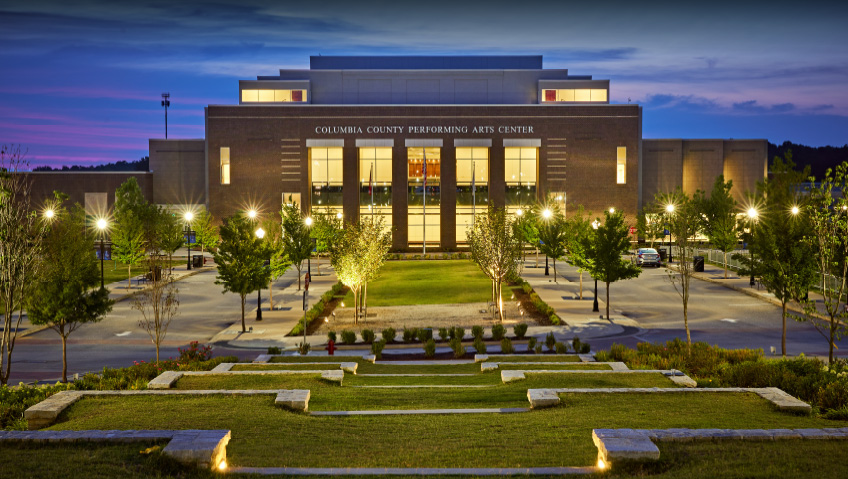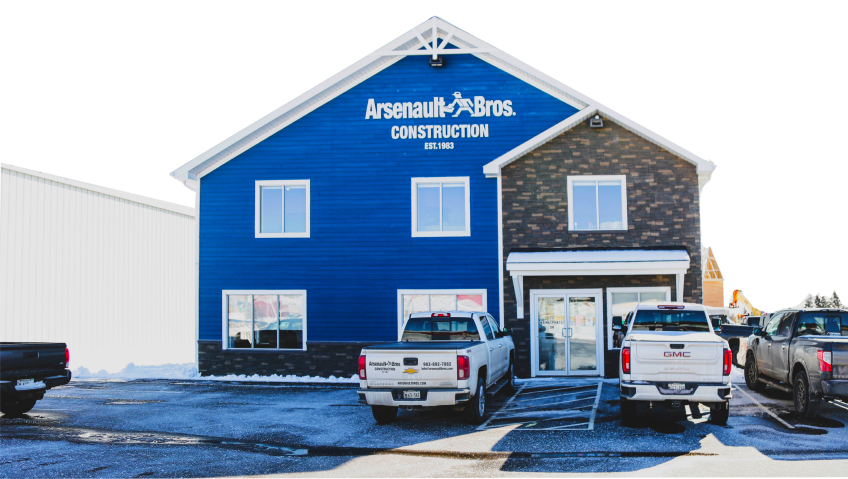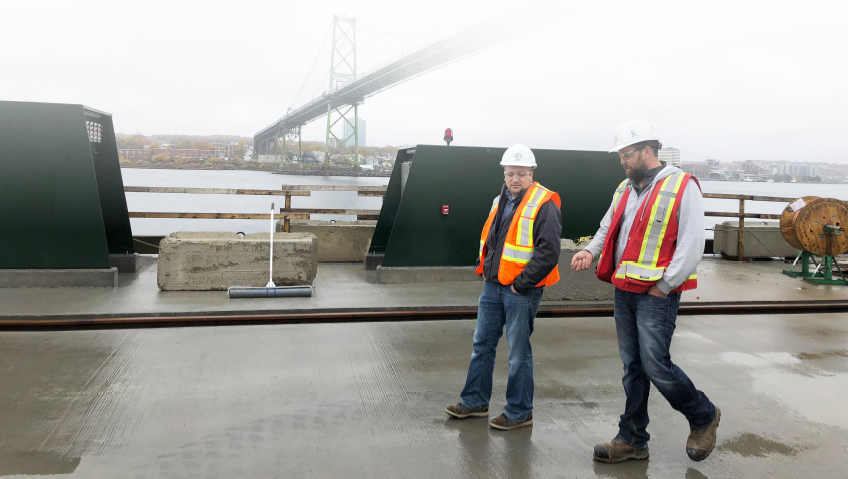For many North Americans, the idyllic image of a cosy home surrounded by a white-painted picket fence is far from reality. How are we dealing with the housing crisis that’s affecting more people than statistics show?
Numbers don’t lie, they say, and yet statistics can be presented in such a way that they don’t show the whole picture. It’s the interpretation that matters.
Take statistics on homelessness, for example. Using the most recent figures available from government websites, we find that in the U.S., in 2020, 0.2 percent of the population was homeless, meaning of no fixed address, while in Canada in 2021, 0.6 percent of the population was homeless. At less than 1 percent of the total population, those percentages might not seem significant.
But what they mean is that in the U.S., 552,830 individuals have no permanent shelter, a basic human right, while in Canada, 235,000 are considered homeless. Put bluntly, they’re the people we try not to see on our inner-city streets, lined up outside soup kitchens, sitting on sidewalks, sleeping in tent cities under bridges, and in parks – people who are marginalized, hurting, and hopeless.
For countries as rich as the U.S. and Canada, with the U.S. ranking number one in terms of GDP and Canada in tenth place, it’s shocking that there should be even one homeless individual. And although the homeless rate in the other top 10 GDP nations – China, Japan, Germany, United Kingdom, France, India, Italy, and Brazil, is on par with Canada and the U.S., saying that we’re no worse than other wealthy nations is not a workable approach.
Moreover, the true number of homeless people is impossible to calculate or compare between nations because different methods of calculating them are used. There is the Point in Time method, where people who are homeless are counted over a limited time, with the final number extrapolated, or are counted by the number seeking refuge at shelters, or the number seeking emergency medical help with no fixed address.
In addition, there are the hidden homeless, who shelter beneath bridges or in lean-to shacks in the woods, who couch surf, who are precariously housed in rooming houses slated for demolition, or, in the case of people fleeing abusive relationships, have temporary shelter but need to find permanent accommodation.
Further worsening the situation are inflation and skyrocketing real estate prices, placing home ownership beyond the reach of many working young adults who are living in rental accommodations but may be required to move as a result of “renovictions.” This recently coined term refers to a landlord’s decision to do unnecessary renovations, and then increase the rent beyond the tenant’s ability to pay.
Stepping into the breach are non-profit organizations such as Habitat for Humanity, which builds family homes, often with volunteer labour and materials donated by construction companies, including many we’ve been proud to feature. However, solving the housing crisis cannot depend on the generosity of construction companies, who would soon go out of business themselves if they tried to do it all.
In 2016, the Canadian government “committed $2.2 billion to tackle homelessness across the country,” which it recognized impacted “every community – individuals, families, women fleeing violence, youth, seniors, veterans, indigenous peoples, and people with disabilities, and in rural areas as well as urban centres,” in hopes of reducing it by 50 percent in the fiscal year 2027-2028.
Then in November 2017, the Liberals announced a further $40 billion investment in a 10-year national housing strategy. No one can say they are ignoring the problem, yet, while the amount of money invested to deal with homelessness has increased, the number of homeless Canadians has also increased, from 129,127 in 2016 to an estimated 235,000 in 2021. (About Reaching Home: Canada’s Homelessness Strategy, Canada.ca)
A similar pattern has emerged in the U.S. What’s going on? Maybe there’s a better way of dealing with homelessness than Band-Aid solutions such as increasing the capacity of temporary overnight shelters, which both Canada and the U.S. have done.
“Equal doesn’t always mean fair,” as Andrew Cameron told us when we spoke with him about the efforts his company makes to access government funding for affordable housing in rural areas (see our Northumberland Properties feature in this issue). Some regulations may require the units to be located near public transit, which rural areas don’t have, or may require a building larger than municipal zoning will permit. And yet, as he pointed out, by providing safe and affordable housing in small towns, an added stress on urban affordable housing units is alleviated, so everyone benefits when regulations are applied fairly, but not necessarily equally.
It turns out that Finland, which is ranked 42nd in terms of GDP out of the world’s 193 economies, has been taking the issue of homelessness very seriously since 2008 and is hoping to have it eradicated by 2027 (see Housing is a human right: How Finland is eradicating homelessness).
Between 2008 and 2018, Finland created 5,900 new units, converted shelters into supported housing for the chronically homeless, and bought private apartments to rent to people on the brink of homelessness.
Finland’s success is based on the Housing First model, first proposed in the 1980s by Sam Tsemberis, a Canadian psychologist working in New York, on the premise that the best way to solve the homeless problem is to give people homes. So even though the idea was conceived here in North America, it was dismissed, as common belief was that issues like addiction and mental health had to be addressed before someone could be offered long-term housing.
But as Juha Kaakine, CEO of Finland’s largest housing non-profit, the Y-Foundation, told the CBC’s Michael Enright on The Sunday Edition (Jan 26, 2020), “The main thing is treating homeless people like everybody else – people who have the same rights and see housing as a human right. So, you give a homeless person a home, a flat, or a rental flat with a contract, without preconditions. You are not required to solve your problems or get sober first. But when you have this home, you can get support to solve your issues. This is a simple basic principle of housing first.”
Kaakine went on to explain that another reason Finland has avoided the homelessness issues that most European countries have, is its policy of providing affordable social housing, with at least 25 percent of each new housing development designated affordable. While that’s a simple solution that works, it’s also one that is not popular among some with a “not in my backyard” attitude.
What about costs to taxpayers? Kaakine says that a cost analysis showed it was cheaper to give people a home, with savings amounting to at least 15,000 Euros per person, per year. Why? When people are in stable living situations, they are more likely to deal successfully with substance abuse and mental health issues, more likely to reintegrate into society and less likely to regularly consume services such as emergency health care, police, and the justice system.
Other innovative projects are tackling homelessness around the world, according to an article published by the World Economic Forum late last year.
In the UK for example, a University of Cambridge study looked at the impact of providing homeless people with modular mini-homes of their own, and found that drug and alcohol abuse was reduced, and physical and mental health improved. The cost per house was $50,000 U.S., the equivalent of public spending on one homeless person, per year, in the UK.
Another solution to the housing crisis is the use of 3D-printing technology to produce low-cost homes. In India, International Habitat for Humanity has invested $411,000 in Tvasta Manufacturing Solutions to boost production of 20 million of these homes that generate less waste than traditional construction methods and can be put up in just five days.
3D-printed homes are also being tested in Malawi and Kenya, in a joint venture between a Kenyan-based company, 14 Trees, CDC Group – the UK government’s development finance institution – and the European building materials multinational LafargeHolcim.
The same article applauded the U.S. firms NAC Architecture and Bernard’s, who used shipping containers, made liveable with windows and insulation, to build an apartment complex for the homeless in Los Angeles.
The Hilda L. Solis Care First Village, a Housing First initiative, has 232 units (each equipped with a bed, microwave, refrigerator, television, and bathroom) and a common building with cooking, dining, and laundry facilities. Because of the urgency during the pandemic, the project was completed in just six months, opening in April 2021 at a cost of $57 million, with most of it paid for by the U.S. government as part of its coronavirus response.
In Canada, the Calgary-based company ATCO has taken the lead in partnering with governments and non-for-profit agencies to provide creative solutions for affordable housing for seniors, the homeless, Indigenous families, and veterans.
For example, in British Columbia, in partnership with BC Housing, ATCO completed My Place, an apartment complex in response to the homelessness issue in the city of Vernon. The 40 modules were built in ATCO’s Calgary plant to create 57 studio-style apartments, along with common areas, a medical office, laundry, and reception, as well as a garden, to provide a supportive lifestyle.
Also in Canada, the Homes for Heroes Foundation, with funding from all three levels of government and using the Housing First approach, has joined forces with ATCO to create communities of tiny, detached homes for Canadian Armed Forces veterans who are suffering from PTSD and as a result are homeless and unable to re-integrate into society.
Each community consists of 15 to 20, 275-square-foot fully furnished dwellings, engineered for energy efficiency and with lots of natural lighting. In addition to the homes, the communities include a resource centre, on-site counsellors, community gardens, and recreation space.
The goal is to have each veteran eventually re-enter mainstream society, employed, stable and self-sufficient, recognizing that the process may take several months or even several years. Everyone will be allowed to recover at their own pace and will be supported throughout the process. When the veterans have recovered, it is to be hoped that affordable housing will be available to them.
The first two communities opened in Calgary and Edmonton, AB, in 2019 and 2020. On May 25, 2022, a third such community, with assistance from the Kinsmen Club, was announced for Winnipeg, MN, where it’s estimated seven percent of the city’s homeless population are returned veterans.
Plans are now also underway to construct a fourth community in Kingston, ON, where a parcel of land has been secured. Homes for Heroes is looking to build more such villages across the country.
Homes for Heroes also operates in the U.S., where it helps not only veterans, but also police officers, firefighters, and anyone who served their community to stay in their own homes by helping with associated maintenance costs, or renovations to accommodate disabilities.
These various solutions are a testament to the miracles that can happen when the ingenuity of construction professionals is combined with political will at all levels of government, along with the generosity of non-profit agencies. They each offer models for municipalities, whatever their size or need, to create a society where everyone’s human rights to safety and security are met through housing.






